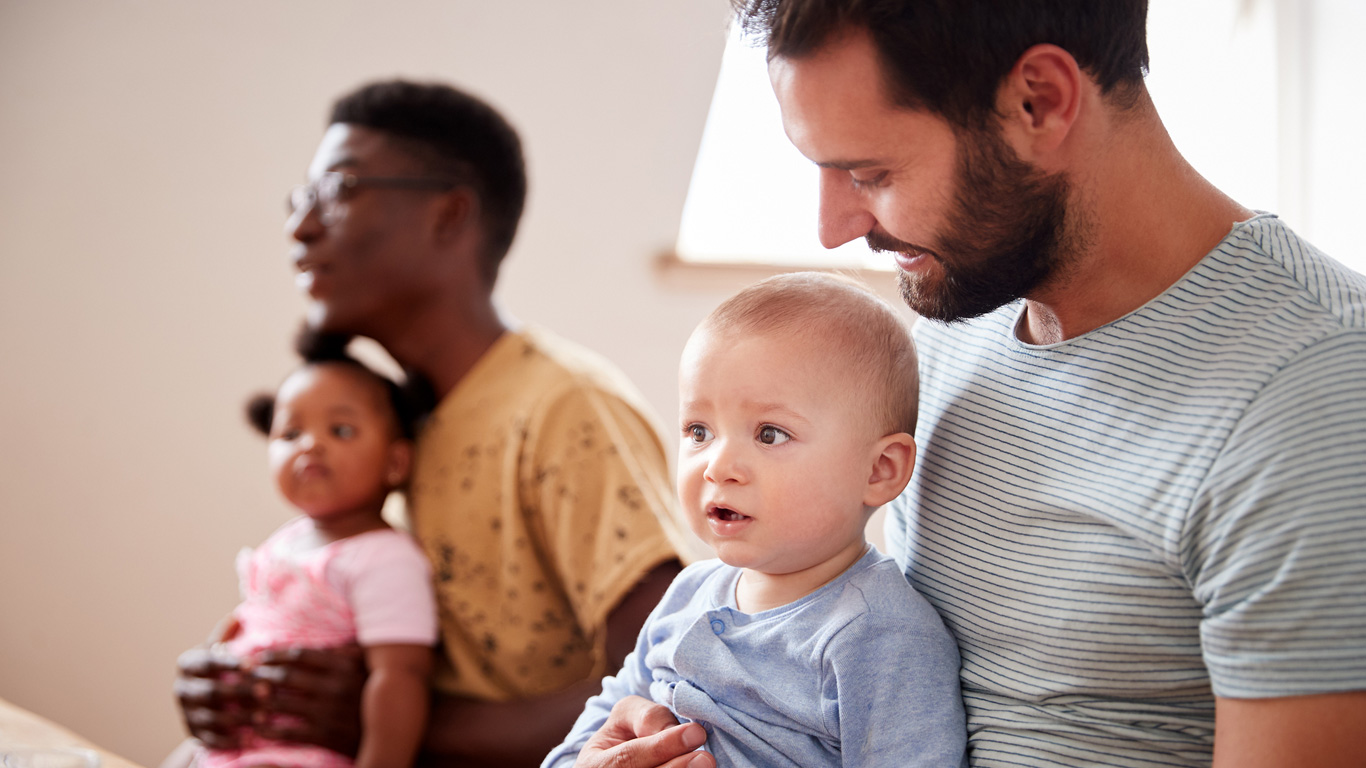Fewer Babies Born In Canada: The Ongoing Replacement of Canada’s European Founding/Settler People
Canada fertility rate hits a new record low in 2020 according to Statistics Canada.The fertility is far below replacement at 1.4 children per woman. It is not Covid, it is the highest immigration and highest taxation. This is the national disaster Ottawa politicians do not or do not want to understand.The current level of immigration is the cause, immigration is genocide imposed by political stupids in Ottawa.
The Canadians are exploited to the point they can not form a viable family on account of the cost of housing, inflation and taxation slavery. The primary cause are genocidal levels of alien invasion
Fewer babies born as Canada’s fertility rate hits a record low in 2020
May 16, 2022, 11:00 a.m. (EDT)

Canada is a low-fertility country, or below the no-migration population replacement level of 2.1 children per woman. Fertility rates have been steadily declining since 2009, with the trend intensifying since the onset of the COVID-19 pandemic: Canada’s fertility rate decreased from 1.47 children per woman in 2019 to a record low of 1.40 children per woman in 2020.
In 2020, Canada also experienced the lowest number of births since 2007 and the greatest year-over-year decrease in births (-3.6%) since 1997, a trend similar to several other countries.
The 2021 Census showed that Canada’s population grew 5.2% from 2016 to just under 37 million people in 2021. Immigration, not fertility, mostly drove Canada’s population growth during that period.
Canada is also among late-childbearing countries, with the average age of mothers at the time of delivery being 31.3 years in 2020.
In 2021, close to one-quarter (24%) of individuals aged 15 to 49 changed their fertility plans because of the COVID-19 pandemic. Changes to plans were more often about the timing of having children than the number of children. Overall, the most common change to fertility plans was to delay having children—14% of individuals of childbearing age indicated that because of the pandemic they now wanted to have a child later than previously planned. In regard to the number of children, 11% reported that they now wanted to have fewer children than previously planned. In contrast, 4% reported that they now wanted to have more children than previously planned or to have a baby sooner than previously planned.
If the country’s fertility continues to decline further in the coming years, Canada could join the countries with the “lowest-low” fertility rates (1.3 or less children per woman)—a situation associated with rapid population aging and increased stress on the labour market, public health care and pension systems.
Tracking trends in fertility intentions and understanding the sociodemographic characteristics of those individuals who have changed their childbearing plans as a result of the pandemic can help to inform longer-term policy and program development related to families with young children, daycares, schools, communities and housing needs. Further data on births and fertility for 2021 are expected to be released in September 2022.
